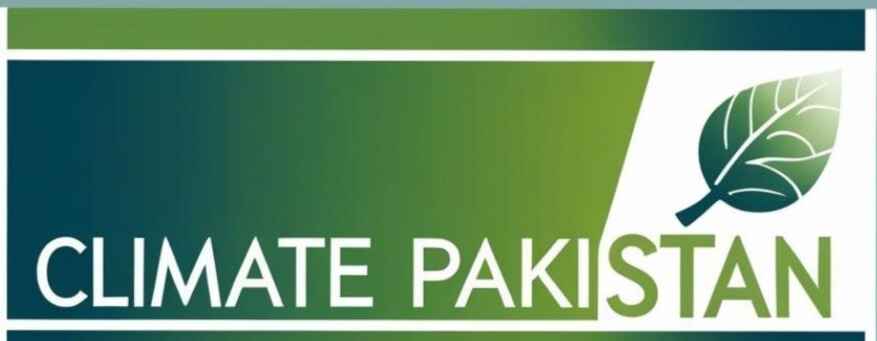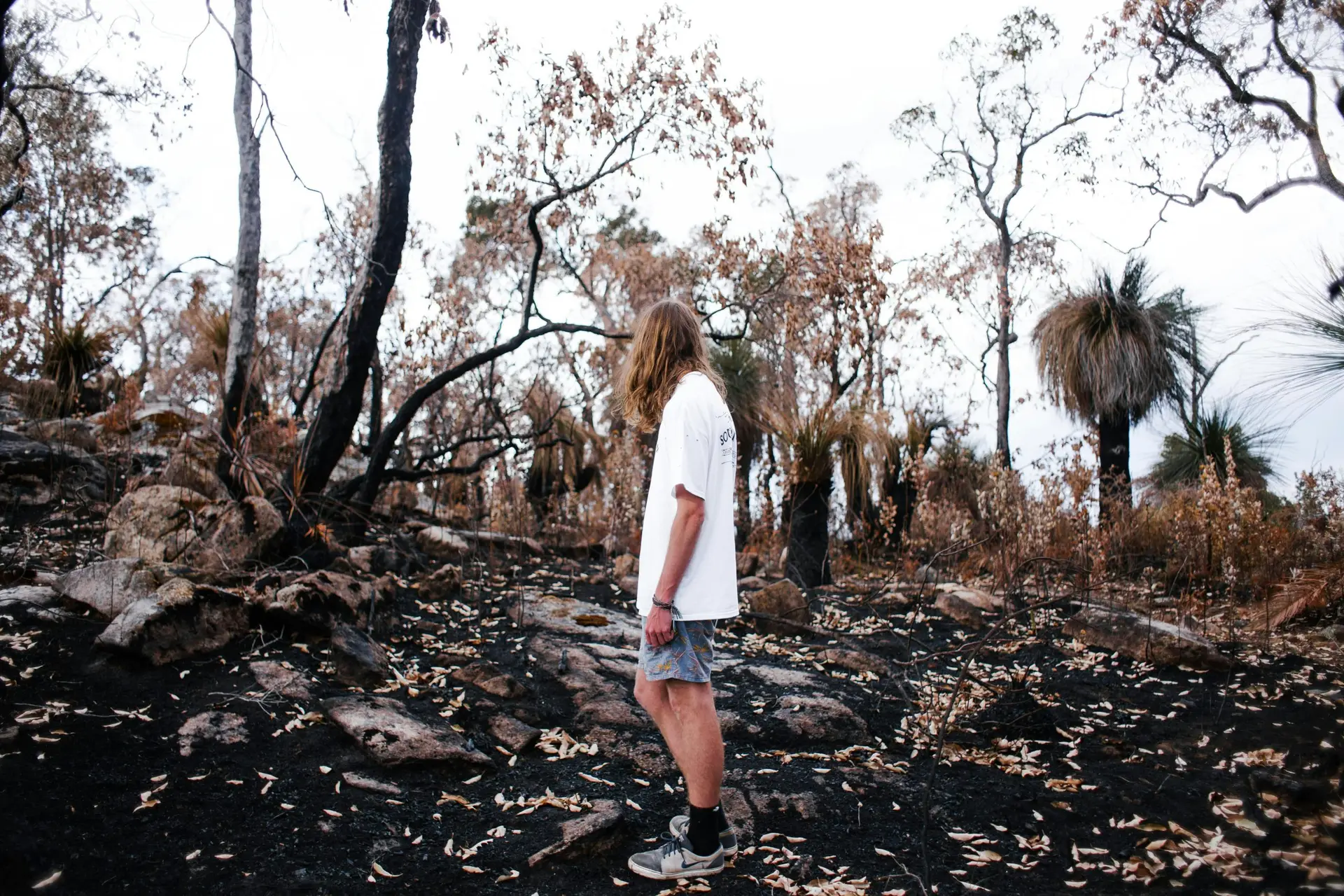Climate Challenges Facing Pakistan
Pakistan is among the most climate-vulnerable countries in the world, facing a range of environmental threats, including:
- Extreme Weather Events
- Increased frequency and intensity of floods (e.g., the catastrophic 2022 floods, which submerged a third of the country).
- Erratic monsoon patterns leading to both droughts and sudden heavy rainfall.
- Glacial lake outburst floods (GLOFs) due to melting glaciers in the Himalayas and Karakoram ranges.
- Rising Temperatures
- Pakistan has experienced record-breaking heatwaves (e.g., 50°C+ in Sindh in 2022).
- Urban heat island effects worsen living conditions in cities like Karachi and Lahore.
- Water Scarcity
- Declining Indus River flows due to glacial melt and upstream water disputes (e.g., with India).
- Groundwater depletion from excessive agricultural use (Pakistan has one of the highest water-stress levels globally).
- Poor water management and infrastructure exacerbate shortages.
Social, Economic, and Environmental Impacts
Social Impacts
- Displacement & Migration: Climate disasters have displaced millions, increasing urban slums and social tensions.
- Health Crises: Heatwaves cause heatstroke, while floods spread waterborne diseases (e.g., dengue, cholera).
- Food Insecurity: Crop failures due to droughts and floods threaten livelihoods, particularly for rural farmers.
Economic Impacts
- Agriculture at Risk: Farming contributes ~23% of GDP and employs 37% of the workforce, but climate shocks disrupt production.
- Infrastructure Damage: Floods destroy roads, bridges, and homes, costing billions in reconstruction (2022 floods caused ~$30B in losses).
- Energy Shortages: Water scarcity reduces hydropower capacity, worsening Pakistan’s energy crisis.
Environmental Impacts
- Biodiversity Loss: Wetlands (e.g., Indus Delta) are shrinking, threatening ecosystems.
- Soil Degradation: Floods and droughts reduce arable land, leading to desertification.
- Air Pollution: Smog in Punjab (from crop burning and industrial emissions) worsens with climate change.
Effectiveness of Current Policies & Adaptation Strategies
Pakistan has taken some steps, but implementation remains weak:
- National Climate Change Policy (2021) focuses on adaptation, but funding is insufficient.
- Ten Billion Tree Tsunami aims at reforestation, but corruption and poor monitoring hinder progress.
- Early Warning Systems for floods have improved but need expansion.
- Provincial Disputes over water and resources slow down coordinated action.
Role of International Cooperation & Local Communities
International Cooperation
- Climate Finance: Pakistan needs grants (not loans) for adaptation, such as from the Green Climate Fund and Loss & Damage Fund.
- Technology Transfer: Advanced irrigation, renewable energy, and flood-resistant infrastructure can help.
- Diplomatic Pressure: Pakistan should advocate for global emission cuts, especially from major polluters.
Local Communities
- Indigenous Knowledge: Farmers can adopt climate-smart techniques (e.g., drip irrigation, drought-resistant crops).
- Grassroots Activism: NGOs like the Hisar Foundation work on water conservation and disaster preparedness.
- Urban Planning: Cities must invest in green infrastructure (e.g., tree planting, water recycling).
In summary:
Pakistan’s climate crisis requires urgent action on multiple fronts. While government policies exist, weak enforcement and funding gaps limit their impact. International support is crucial, but local communities must also lead adaptation efforts. Without systemic changes, Pakistan’s climate vulnerabilities will keep worsening, threatening its stability and development.
Recommendations:
- Strengthen climate governance with better enforcement of policies.
- Invest in resilient infrastructure (e.g., dams, early warning systems).
- Promote sustainable agriculture and water conservation.
- Push for global climate justice and financing.
- Empower local communities through education and participatory planning.


